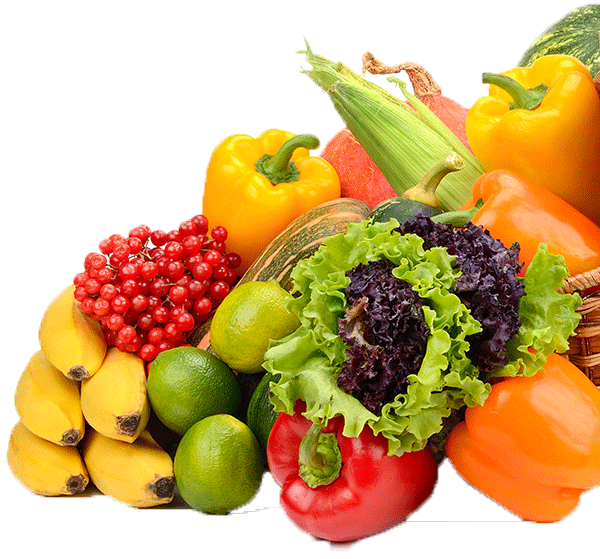Eating Gluten Free
A gluten-free diet can feel highly restrictive at first. But with a bit of practice, this new meal plan will get easier to follow over time. To eat truly gluten free, one must cut out all sources of gluten from their food intake. This includes wheat, rye, barley, any food that contains gluten from these sources, and sometimes oats. An example of a gluten-containing food is corn flakes. Although made with corn, this cereal often contains barley malt, which contains gluten.
Before beginning a gluten-free diet, it is imperative to verify the legitimacy of following such a diet. Eating gluten free will prohibit many, if not most, of the foods you already consume. Due to this, only follow a gluten-free diet if you are diagnosed with celiac disease, dermatitis herpetiformis or non-celiac gluten intolerance. A casein-free, gluten-free diet is often recommended for autism. At this time, following a casein-free, gluten-free diet for treating autism remains experimental.
Note on gluten "allergy": An allergy is an immune system response when body cells attack suspected protein "invaders." Symptoms of an allergic reaction may include temporary hives, swelling, congestion and tightening in the chest. In rare cases, anaphylaxis can occur. That said, gluten allergies don't typically exist. Rather, individuals may have a reaction to wheat but not rye and barley. Therefore, their allergy is due to wheat rather than gluten.
Since the only treatment for celiac disease is diet, working with a registered dietitian who specializes in gluten-free meal planning is a necessity.
Living gluten free entails a lifetime commitment, proper education and trial and error. Successful execution of a gluten-free diet is the difference between feeling better and remaining sick. With that said, nutrition counseling will need to occur more than once until individuals feel comfortable with their new diet.
Foods to Avoid with Celiac Disease
- Atta
- Bulgur Wheat
- Couscous
- Spelt (or Dinkel, Farro, Faro)
- Durum
- Einkorn
- Emmer
- Farina
- Fu
- Graham Flour
- Hydrolized Wheat Protein
- Kamut
- Matzoh, Matzoh Meal (unless designated as gluten free)
- Modified Wheat Starch
- Seiten
- Semolina
- Triticale
- Wheat—Bran, Flour, Germ and Starch
- Ale
- Barley (Flakes, Flour, Pearl)
- Beer (unless designated as gluten free)
- Brewer's Yeast
- Lager
- Malt
- Malt—Extract, Syrup and Flavoring
- Malt Vinegar
- Malted Milk
- Rye Bread
- Oatmeal, Oat Bran, Oat Flour and Oats (unless verified through R5 ELISA testing as gluten free)



